Goth Chick News Interviews: Stephen Tramontana, Writer/Director of Killer Piñata and Bride of the Killer Piñata
As someone who loves indie film makers, I’ve sat through a lot of independent films. And though I admire the tenacious, passionate and fearless way all of these artists approach their craft, the outcomes, as you would expect, display varying degrees of talent. The films which stood out in some way, at least to me, I have shared with you here. But honestly, most of the time because I can’t honestly say something nice, I just don’t say anything.
So, when a friend excitedly told me her nephew had starred in an indie horror film and that it would be a perfect topic for GCN, I received the news with some trepidation. I mean, if the movie was good, no issues; but if it wasn’t…?
When I was presented with Killer Piñata, the name alone seemed promising. Clearly this was going to be humorous horror that didn’t take itself seriously. What I discovered was an absurdly funny, low-tech story that put me in the mind of Second City TV’s Monster Chiller Horror Theater; totally entertaining in an “omg I can’t believe they actually did that,” kind of way. When I then discovered a sequel, Bride of Killer Piñata, was in the works, it was time to track down the person from whose mind this all came.
Enter writer, director and producer Stephen Tramontana. As I have so many questions, let’s jump right in…
GCN: Your IMBD bio says you are a writer, director and producer. Where did you start in the industry originally?
ST: Originally, I started in post-production. I was a post-production coordinator for FWE Entertainment, working under Jeff Franklin. It was kind of a dream job in some aspects, because at that time FWE was producing movies for the Syfy Channel, and those first movies were with Bruce Campbell, who was a childhood hero of mine from Evil Dead, and then “Puppet Master vs Demonic Toys” which is one of my favorite franchises.
Jeff could be tough to work for, he was a tough boss, but he taught me so much about producing movies and gave me a lot of room to do other things besides post production, so I’m always thankful for that time.
In 2011 you wrote Welshgate, which finaled in the Austin Film Festival and was optioned several times for production. Can you tell us a bit about that film and what it means to have a movie optioned more than once?
Welshgate is my baby, haha. It’s about a couple moving cross country and they hear about this abandoned town whose population seemingly vanished overnight in the early 80s. A real Roanoke situation. So they decide to make a day trip and they get stuck there, in this town frozen in time. And around sundown, people in sheets, looking like classic ghosts with black holes for eyes, begin to emerge from the darkness…
Optioning is a tricky process. You get a little bit of money that allows a producer time to try and get the film financed. Welshgate is a $1-2 million film, that’s just the reality of it, which is tiny, but very difficult to get funding for. So the funding usually doesn’t work out and the right revert back to me and a new producer inquires, pays for the rights, and tries again.
I have faith it’ll eventually get produced, we’re now talking to a new group about it, so fingers crossed.
I read that after moving to LA, you worked post-production for the Syfy Channel’s b-movies such as Alien Apocalypse and Puppet Master vs. Demonic Toys. I assume you needed a sense of humor for that job?
Absolutely. But you want to make sure you’re laughing with it, not at it. I know this sounds odd, but B movies work best when there’s an earnestness to them. If everyone is rolling their eyes and speaking down to the material — even when the material is not great — it just makes the whole thing seem like a waste of time. It becomes parody in all the wrong ways.
When everyone is giving their all, it’s stupid, but everyone is all-in on the stupid, and those movies are a joy to watch.
You’ve done a couple projects considered “horror comedy.” What drew you to that very particular genre? Do you have personal horror comedy film favorite?
It happened by mistake. The screenplays I’ve had under option are all more horror-forward and crime-forward. I think because I work with smaller budgets, horror comedy tends to work better with those budgets.
And I do like the genre. I like laughing and when you’re working with actors like Eliza, like Natalie Younger and Megan Renner and Eric Bays, they’re all just so naturally funny that it makes these films a joy to work on. Some of the best stuff in the movie is stuff they came up with.
In terms of my personal favorites, I think Peter Jackson’s Dead Alive is one of the best. Evil Dead 2 and The Editor are also pretty great.
I understand you’re also into comics in a big way. Can you tell us about that?
Comics were my first love – and honestly thought I would grow up to be a comic artist, because, growing up in a small town, it didn’t seem like making movies was going to be an option. I love the art form, and I recently published my first comic — GR-8 (Galaxy Runner 8) — which is very different for me, because it’s an all-ages comic. So. no horror, but still has the humor and the adventure.
Several filmmakers I have spoken to say horror is far easier to write than comedy because not everyone finds the same thing funny, but you’ve combined both. Can you tell us a bit about your writing process?
I think they’re honestly the same genre, from a writing perspective. Because you can’t make an unfunny scene funny just by adding a line in post or a shot in post. Same with horror. It’s all in the set up — so you really have to think through the structure of the scare or the joke. With both, you’re constantly trying to misdirect. You have to stay one step in front of the audience.
In terms of my writing process, I spend a lot of time brainstorming. I’ll usually just pace back and forth with my headphones on, mainlining film scores or other pieces of music, trying to flesh out scenes and characters and motivations. And I’ll actually keep that up throughout production. I changed some things on Bride because of those sessions, when we were in the middle of filming.
By the time I sit down to actually write the draft, I’m basically translating the movie from my head to the page.
What films or filmmakers inspire you?
Wes Craven was my first hero, the person that made me want to make movies. Other influences include Peter Jackson, Sam Raimi, and Steven Spielberg. Of the old guard, I loved the B movie guys. Joseph H Lewis, he made movies like Gun Crazy, and they are terrific in their framing, in their production.
Where did you get the idea for the story Killer Pinata?
That actually wasn’t my story. We had a partner at Angry Mule and he came up with the kernel of the story — what if a piñata took revenge on humanity? And then I took that and developed it out into an actual film. I think he kind of wanted to make it a more traditional horror film, and I just didn’t think there was a way to make a piñata scary, like truly scary. It would work better as a horror comedy.
But it was such a great idea for a film and we were honestly all surprised that a movie about a Killer Piñata hadn’t already been made. But maybe that’s the Rubber effect — the movie about a killer tire. I’m serious, it’s about a killer car tire. And I think Rubber kind of opened up everyone’s eyes that you could have murderous inanimate objects that weren’t dolls or toys. So, we all owe Rubber a bit of gratitude, I think.
Once you solidified the idea and the script for Killer Pinata, what were your next steps in putting together the film production?
So, the first one came together VERY quickly. I think Megan MacManus and I wrote the draft in August of 2014, and by that November, we were filming. So, in three months, we cast the film, built the puppet, raised the money on Kickstarter, found the locations, the whole thing. And then we shot the movie in 8 days. It was just, like, a fever dream of a production.
Even independent films need funding, which is often the most challenging aspect for potential filmmakers. How was Killer Pinata funded and do you have any funding advice for aspiring filmmakers?
So, the first one, we funded through Kickstarter. This second one, Bride, I invested some, my partners invested some, and then Empire Films came in with additional money. In terms of funding advice, the biggest advice I can give is start small. It’s a very crowded market out there and it’s not paying much. I think you get something like a penny an hour for every hour streamed on Amazon Prime, something like that.
So, if you’re throwing in, even $60,000, on your first film, there’s a good chance you’re not making your money back. It’s just the way things are. Kickstarter and Indiegogo are always options, but I don’t think they’re as attractive as they were 8 years ago — there have just been too many projects that didn’t end up getting filmed. Too many people burned.
If you’re making a horror film — try to keep it simple, try to keep it below $20,000, and try to pay for it by clobbering together some investors or just pay for it in small chunks as you go along. I mean, that’s exactly how Peter Jackson got started with Bad Taste.
And now there is a sequel, Bride of the Killer Pinata which is currently in production. What is different about making an indie sequel, than making the original? Is it easier or more difficult?
It was more difficult than I expected in every way. Writing the script, I made a decision early on that we were going to try and invert everything about the first movie. I just wanted an entirely different experience. So, you’re trying to do that, but also give people what they liked about the first movie. It’s a reaaaall fine line.
And then our production was just bigger. We spent 8 months shooting the film. It has over 20 speaking roles, over 15 locations. The first movie, we had two puppets. This one, each character — Killer Piñata and his bride — had 4 or 5 puppets each, depending on what we needed them to do.
It was just a bigger production. But that’s what I wanted. I had no interest in just repeating the first movie. I wanted to be ambitious about this one, to really surprise people.
When and where can we see Killer Pinata and when will Bride of the Killer Pinata wrap?
So, Killer Piñata is available on most services: Amazon, Tubi, Google Play, etc. We recommend Tubi, because it’s carrying the remastered edit we did in 2020, which has an improved sound mix and better color correction. It’s a little bit tighter of an edit.
Bride will hopefully wrap in the next month. We still have a couple of puppet and gore shots to finish, but we’ve edited together most of the film, so it’s definitely coming along.
Are you already thinking about your next project? If so, can you share any news?
I am! I want to take a little break after Bride. It was a lot, but I’m working on something pretty exciting that I can’t share much about yet, because it’s not my property. But I am meeting with the rights holder and hopefully we can move it forward soon.
We’ll also be doing another Killer Piñata short toward the end of the year. We have so many fun characters in this one that there’s room to give some of them continuing adventures in short films.
A huge thanks to Stephen for sharing this peek behind the indie film curtain, and for sharing some production stills from Bride, which will be released in October.
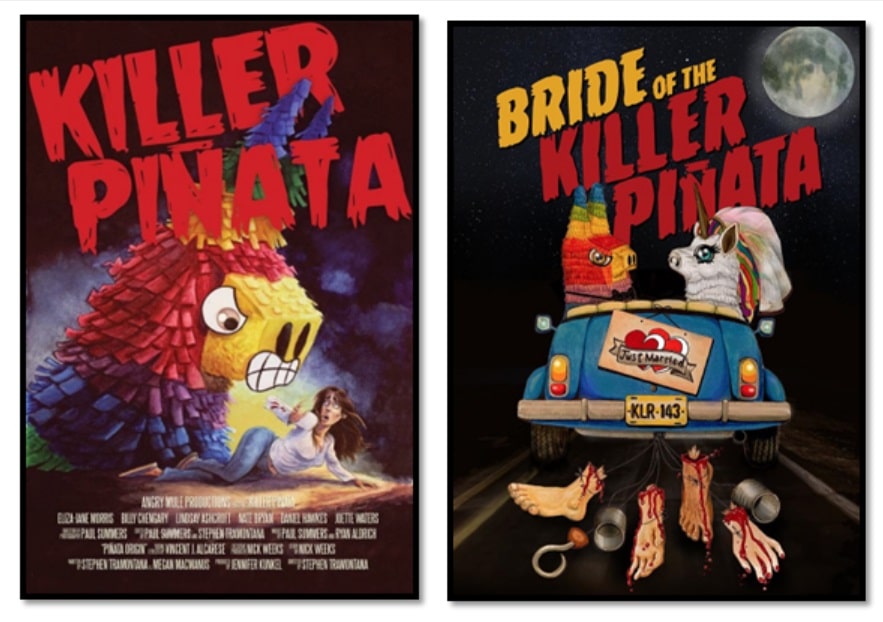
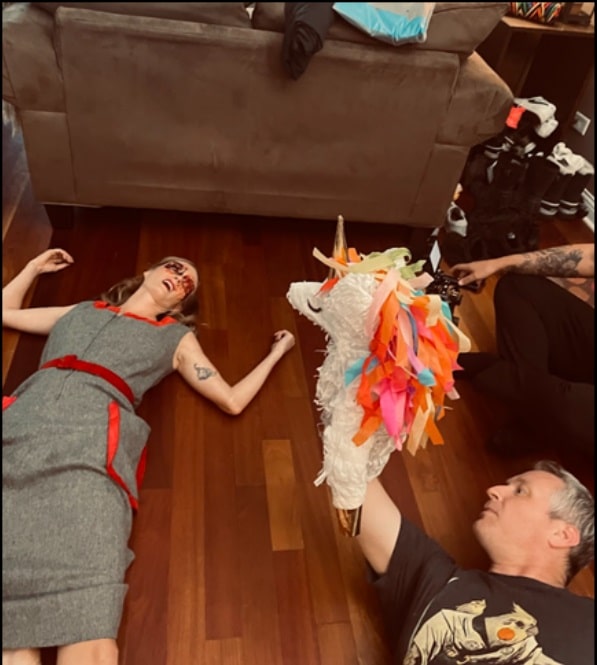
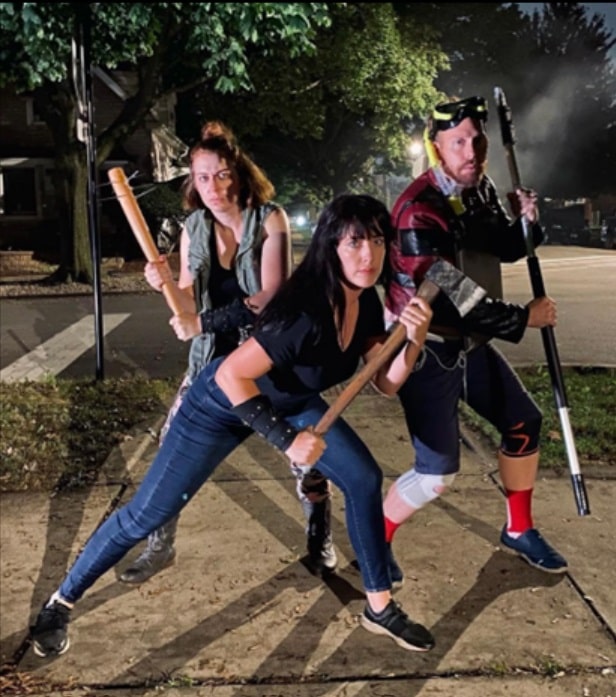
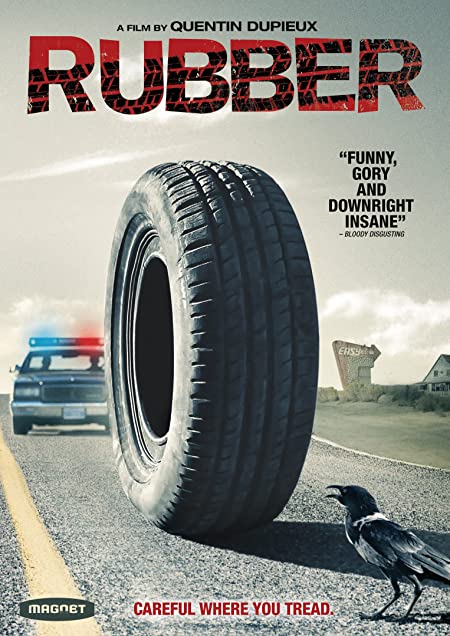
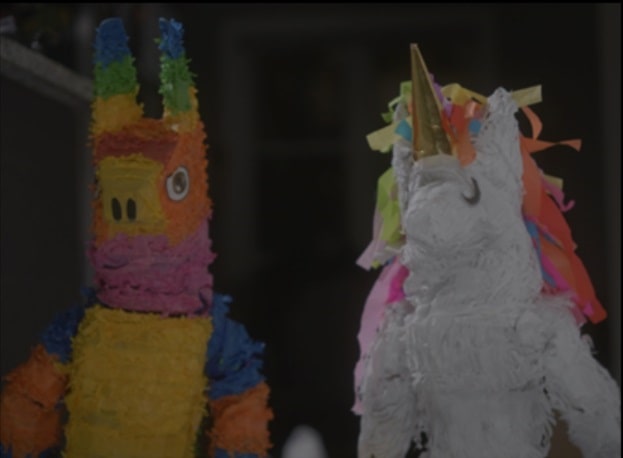
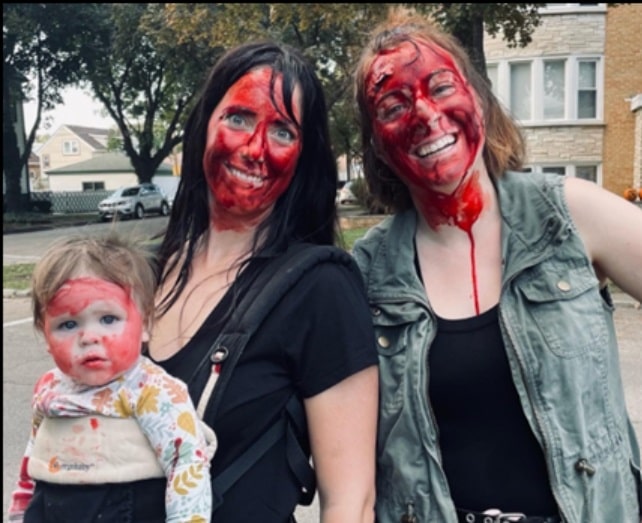
I knew I loved you, GC, but I just wasn’t sure why. Now it all becomes clear – in my book, any Count Floyd fan moves to the head of the line. Doctor Tongue’s 3-D House of Stewardesses, anyone? Owoooo!
TPark, with references like those, I may need a cigarette even though I don’t smoke. Well played…